The Kocaeli Archeology Museum in Izmit provides insight into the significant Christian history of Nicomedia. Numerous crosses on pillars, monuments, and oil lamps demonstrate how the cross became a life-changing and worth-dying-for symbol.
The signage at the museum will not give directions on where to find the Christian history, so the picture below will be a guide to any visitor at the museum. I added the Christian sections.
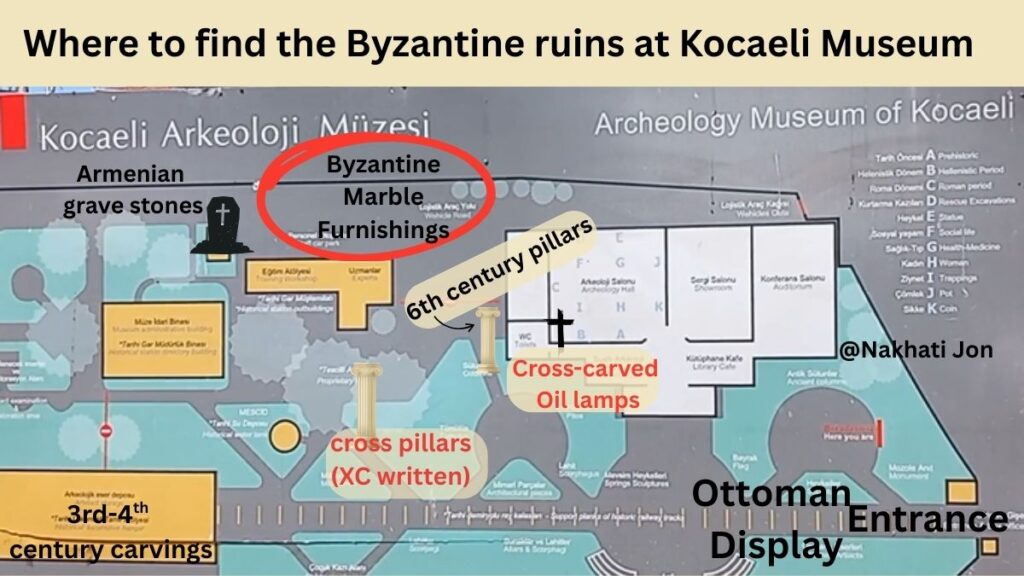
On Google, they would not let me form a walking path within the courtyard. He is my version of a walking tour of the museum in how to see the Christian ruins.

The above video gives insight into where to visit in the museum and the items within the main building. The video below explores the monuments at the back of the courtyard.
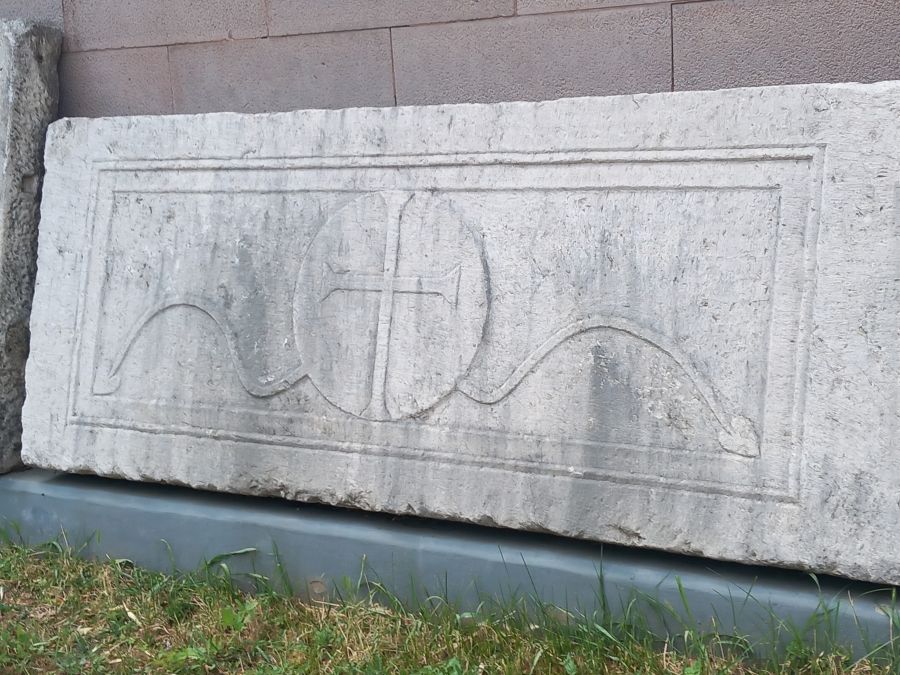
A full Byzantine panel that links the cross with the Love of God. Often found on the outward portion of a sarcophagus. This pattern is found in Constantinople and Ravenna, Italy, indicating its prevalence during the 5th to 7th centuries.
Next to the panel are two other display panels that could be found in churches near the templon or as a barrier between two sections. The cross was the central symbol of Christianity till the formation of icons in the 9th century.
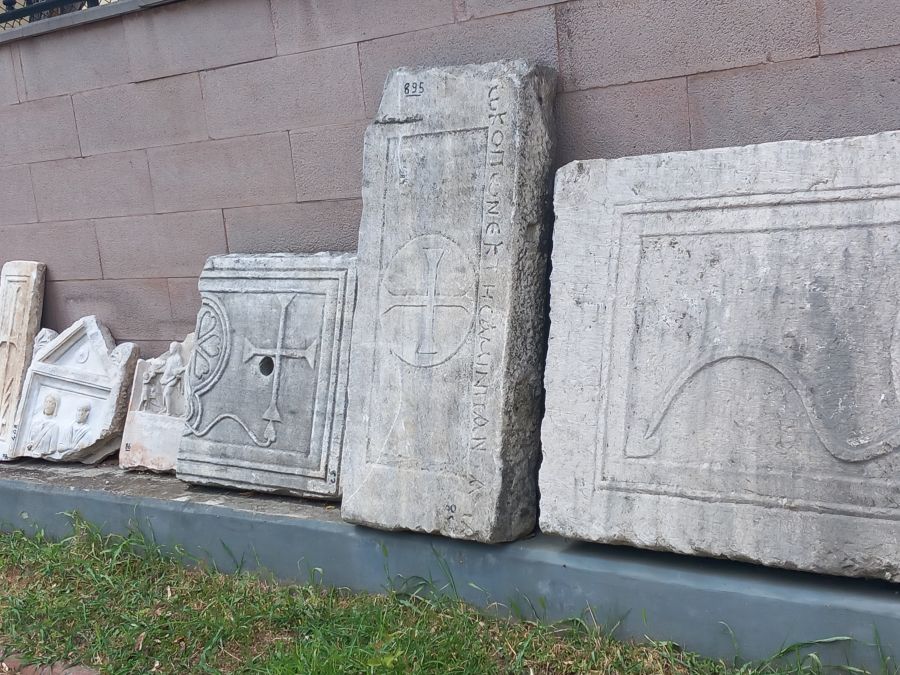
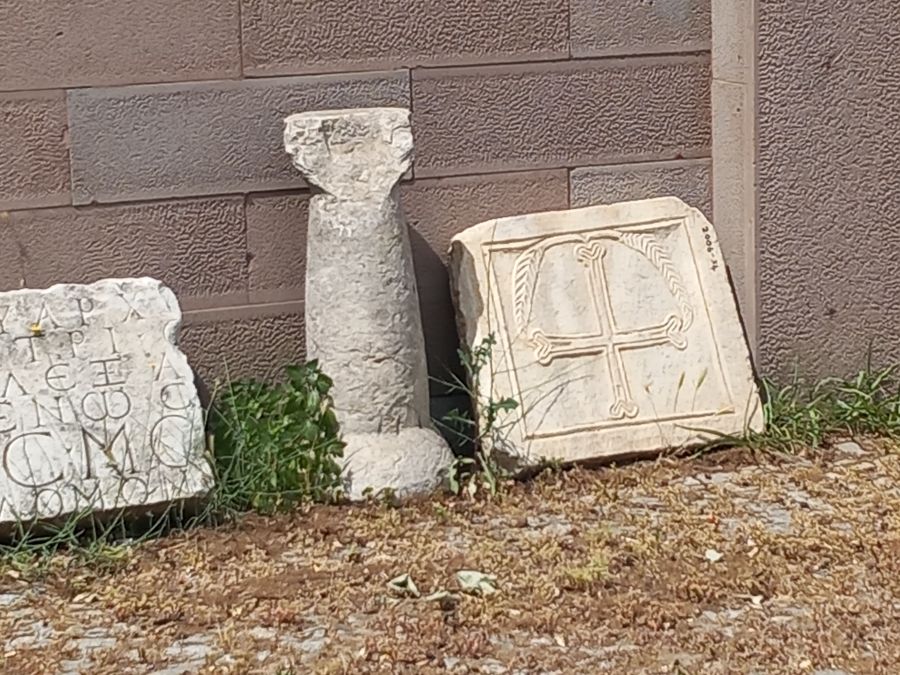
This lovely cross set between the palm leaves hints at the humble entry of Jesus into Jerusalem before his death (The stone is set upside down). “Rejoice greatly, O daughter of Zion! Shout aloud, O daughter of Jerusalem! Behold, your king is coming to you; righteous and having salvation is he, humble and mounted on a donkey, on a colt, the foal of a donkey.” (Zechariah 9:9, ESV)
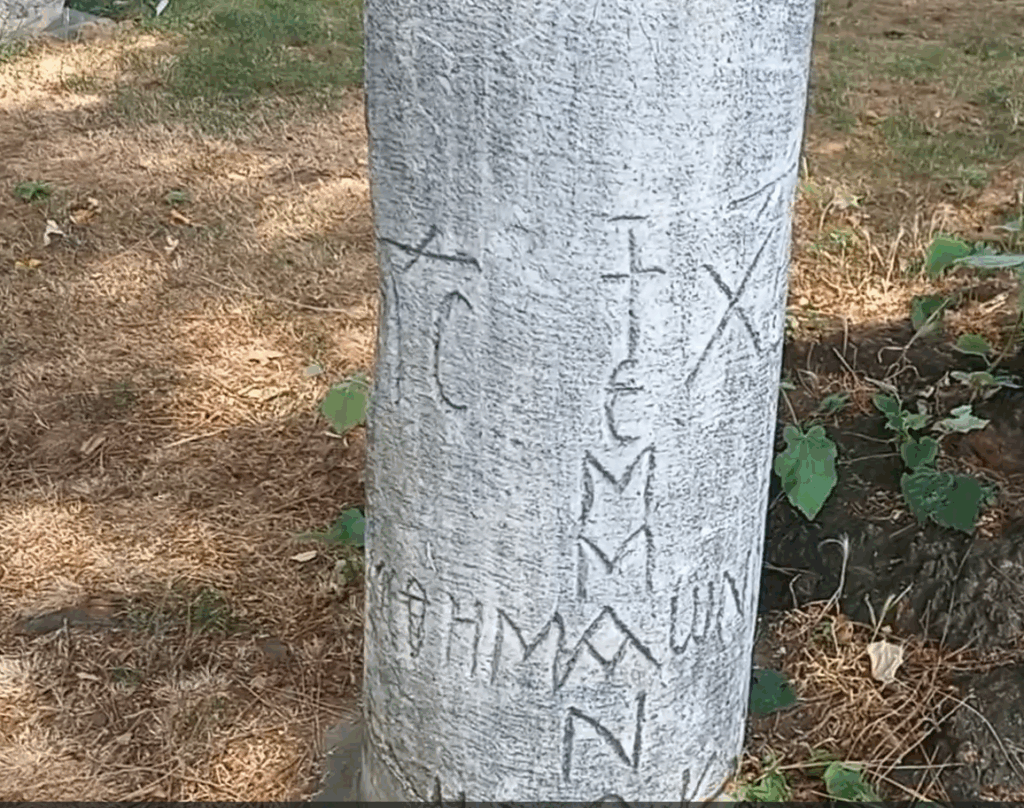
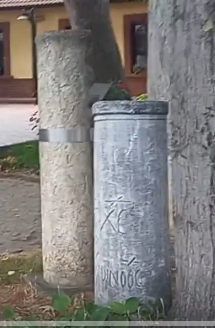
Numerous pillars provide evidence of the believers’ open confession of Christ in Nicomedia. These pillars would most likely border an entryway into a church. The letters “XC” stand for “Christ” the Lord. “IC” represents “Jesus” – the Savior. These abbreviations come from the first and last letters of the Greek names for Jesus Christ: ΙΗΣΟΥΣ ΧΡΙΣΤΟΣ.
The Byzantines promoted the Christogram “IC XC” as a central religious symbol, serving as a concise visual teaching tool for the public, and highlighting Jesus as the Savior and Christ as Lord and King.
The city of Nicomedia hosted persecution in the 4th century and was later conquered by the Seljuks, Arabs, and Ottomans. In each invasion, the former Christian community was suppressed. The church buildings fell by the force of war, earthquakes, and migration. Today, we can say that these monuments testify to the once-open and dominant Christian faith in this city.
If interested in the difference in how Christianity is based on a covenant and Islam linked to a contract, please check out my book Searching Below the Surface.
Leave a Reply